Japanese Weapons
Japanese Guns – Throughout History
Japanese Guns – Throughout History
Japan is known for using different kinds of weapons but, as a nation it was not famous for its firearms. The use of swords and similar handmade weapons were prevalent. This was sufficient for all intents and purposes when it comes to military warfare. It was in the 13th century when the Europeans introduced firearms in Japan. Japan continued to develop firearms especially during the periods of conflict in the late 16th century. There was a need for firearms during the Battle of Sekigahara on the 16th century upon the establishment of the Tokugawa shogunate.
It was Tokugawa Ieyasu who was the last shogunate to weld his control over Japan. This ended the Warring period and then came peace in Japan. Before the end of the war, Japan became known as the biggest gun country in the world. Improvised matchlock Japanese guns better known as Tanegashima played a huge role in military history. Today, Tanegashima is sold by antique firearm dealers of Samurai antiques not just in Japan but, the West as well. Modern tanegashima gun fights were re-enacted using this weapon and black powder. In 2010, Japanese Matchlock guns were used for the 24th World Championships. Each of these guns has these four major elements: barrel, set of sights, lock and wooden stock.
Japanese Guns Evolution through the Sengoku Period
Japan was at war in the Sengoku Period. The Sengoku Period spans from 1467 through 1590. It was also referred to as Sengoku Jidai or Warring States period. Matchlock Japanese guns were popular and these are known in Japan as Tanegashima or Hinawaju. The name Tanegashima was derived from a Japanese island where a Chinese junk with Portuguese adventurers was driven in a storm. It was the lord of this Japanese island, Tanegashima Tokitake who purchased matchlock muskets from these Portuguese and put his swordsmith to copy the barrel and firing mechanism. The swordsmith was not efficient enough to copy it. It was not until a year later when a Portuguese blacksmith was brought to Japan that the problem was solved.
During the Sengoku period, Oda Nobunaga ordered these guns for his armies. Tanegashima was handled by the Samurai class and foot soldiers or Ashigaru within a few years of its introduction. This was a configured gun for use by Japanese armies. During that time it was unclear for the Japanese government to invest in such type of weaponry. Japanese guns during that period were primitive and were too heavy. Archers who were experts in Kyudo or archery were referred to as Kyudoka. An archer can shoot up to 15 arrows at a time. This was more than what a gunman can do when he loads, charges and shoots his gun. However, these Japanese guns are only effective on short distance of 100 meters and below. This bullet will bounce off the opponent’s armor.
Shop: Handmade Custom Samurai Katana Swords
Guide: How to Choose Steel for Your Sword
Read: Japanese Polearms and Spears
Matchlocks were susceptible to growing damp given certain conditions like too much humidity and rain. The advantage of using this weapon though is that it can easily be handled by farmers or low ranking soldiers. Foot soldiers were able to practice shooting at night using ropes to maintain proper firing elevation. The Japanese soon worked on techniques on how to improve their Japanese guns. They were able to developed firing techniques that produce rains of bullets on their enemies. Bigger caliber guns were produced which increase their power. They devised a way so that they can use matchlock even when it rains. Since the country at this time was divided into almost one hundred lords, these means that the governing policies were different especially when dealing with weapons. The styles of matchlock was therefore classified by the shooting schools and the system that gun makers know in each given districts of the ruling lords. Japan became so enthusiastic about having more Japanese guns than spears at this stage of the war. They even used these Japanese guns to fight Korea to invade it by 1592. They were victorious because they were able to capture Seoul after 18 days of war.
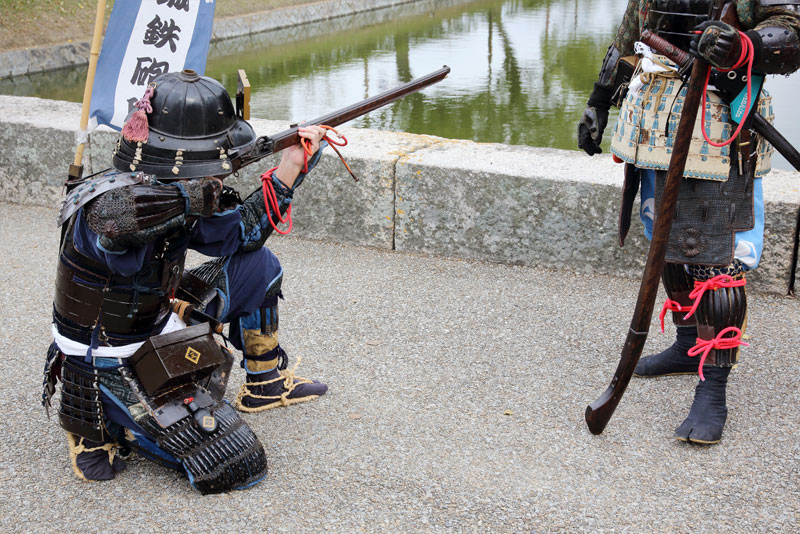
Different Kinds of Japanese Matchlocks
Matchlocks were used for 320 years in Japan. Out of this, the first 50 years saw the active use of these guns. After this period, these guns became symbols of power. It was mentioned earlier how there are different districts and schools that produce these guns.
- Awa Tsutsu. Awa was actually not a place but, the name of the country lord Hatisuka of Shikoku Island near Osaka. The matchlock produce there were big and heavy. The gun barrels were long but, the caliber was small
- Bizen Tsutsu. Bizen was closely associated with good swords. The matchlocks produce in this place has iron locks and large black stocks without trigger guards
- Choushu. This island is near Honshu and was a country of Activist during the Meiji period. The matchlocks produce here was short and does not fully cover the barrel
- Hizen. This was not the name of the island but, the lord of Arima. They produce heavy guns characterized by stocks painted with red lacquer
- Kuitomo Tetsupou. This was a town where gunsmiths live. It is not surprising to know that half of the matchlocks made in Japan came from here
- Kishu Tepou. Kishu is a Peninsula accessible via the Black Stream. This was where the Portuguese brought the first matchlock to Japan. The lord was sixteen years old when he purchased the guns from the Portuguese. The matchlocks made there were slender and lightweight. The lock parts were square in shape
- Sakai Tsutsu. Sakai is located near Osaka. It was famous for industry and commerce. There were many styles produce on this island and these guns were decorated. Most of the guns made here has an inscription containing the words “ Live in Sakai”. This was followed with the family name and the name of the gunsmith
- Satsuma Tsutsu. Satuma is the lord of Shimazu near Kyusu Island. They preserve the style of the original guns and have a caliber of 6 Monme with small locks
- Tosa Tsutsu. Tosa is located on Shikoku Island near the Pacific Ocean. Yamanouchi was the lord of this island. The matchlock guns has locks fixed into the stock using vertical pins
Japanese Arisaka Rises to Popularity
There was a period when Japan abandoned developing this because they went into a period of seclusion known as Sakoku. From the mid-17th century Japan stop interacting with outsiders. During the Edo Period there were not a lot of large conflicts which explains the need for no guns. Swords were enough to fight off these small scale conflicts. It was not until 1854 when Japan started to reconnect with the outside world through their contacts from the West when they began resuming the production of guns. It was also during this period when Japanese Arisaka became popular. Arisaka was derived from a Japanese surname and the name given to a family of Japanese Arisaka rifles. This type of rifle replaced Murata rifle beginning in approximately 1897. Japanese Arisaka was the weapon of choice because the military used it even until the end of World War II in 1945 covering a period of almost 50 years of usage. There were different specimens of this rifle but the most common ones include:
- Type 38. These Japanese guns were developed by Major Nambu Kijiro. The designs were made in 1905 and ever since that period until 1942 about more than 3 million of these were made. Type 30 cartridge was also usable for this type. This rifle looks similar to that between a basic rifle and a carbine. This model was one of the widely produce ones out of the Japanese guns produce during this period.
- Type 99. This was the successor for Type 38 rifle. This gun was designed in 1939 and was used from 1941 to 1945. This was also the most common Imperial Japanese service rifle used during World War II. There were more than 2 million of these Japanese guns produce. There were improvements made on this gun than the earlier ones produce. The rear sight came with anti-aircraft calipers. This type of gun can use cartridges used for Type 92 and Type 97 Japanese guns
- Other Japanese Arisaka variants
Using Japanese guns were governed by certain rules which include getting a license to be able to use guns. Even the use of matchlocks needs a license. These were made of wooden plates. From 1930 until 1945 in order for an Army officer to have a gun he must apply for a license in the nearest police station. Even today, Japan is strict when it comes to gun control. Even imported handguns use Japanese holsters.
READ MORE
Shinto and Zen Buddhism: The Religions that Shaped the Samurai Tenets
Samurai Ranged Weapons – The Yumi Bow
Battle Ready Samurai Swords with Colored Blades
Development during the Meiji Restoration
By 1868 Japan was no longer Samurai country. The Meiji Restoration has begun and one of its first policies was to produce and develop its 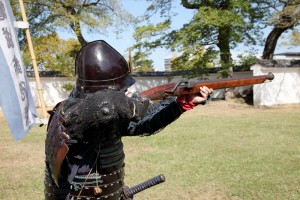
Evolution of the Japanese Handguns through the Years
- 1893. Shows the development of the M-26 9mm revolver. This gun was developed from French pistols used by cavalry troops. The edge of using this gun is that there are no tools required to disassemble it. This version was even exported to France when French troops were in Siberia. Much later on, this gun was used as a side arm for machine gunners. This is referred to as Type 26 or Nijuuroku-nen-shiki kenjuu (hammerless revolver) adopted by the Imperial Japanese Army. This gun was the star during the Russo-Japanese War, World War I and II
- 1902. Nambu Semi-Automatic gun which was not officially adopted by the Japanese Army. However, the army uses the 8mm Nambu pistol cartridge which became part of the official pistol ammunition of Japan during that period. Nambu was rimless bottleneck handgun cartridge use in Type 14 and Type 94 pistols among other guns. As was the fate of almost all of the contemporary Imperial Japanese weapons the Japanese Army ceased to use the 8mm Nambu after the end of World War II
- 1925. M-14 Nambu 8mm pistol was basically based on the design of the original Nambu military pistol. This M-14 was considered to be quite accurate. Guns that were first produce has small round trigger guard. The gun finish was good unlike the guns produce with enlarged trigger that were poorly made. The edge of the guns produce later on was that it was superior in terms of mechanism than the guns produce earlier. These were the guns used by military police or Kenpei. It became a symbol of their authority
- 1934. A pocket size pistol was developed during this period which was used by vehicle drivers, aircraft pilots and generals as their official side arms. This is the M-94 Nambu 8mm pistol
It was surprising how Japan has rose to prominence from a land without guns to a land that has manage to produce gun exports that other countries would be interested to buy. Although the Portuguese were credited with being the ones to introduce matchlocks to Japan, it was Japanese blacksmiths who were able to develop and manage to take these guns into the next level that even the world noticed. Since Japan is no longer at war gun control is part of their rules that must be strictly followed. The only guns that are allowed to be carried by Japanese citizens were a shotgun. Sportsmen were permitted to own these provided they apply for a license. The process of owning a gun is not simple because a prospective owner needs to attend shooting classes and pass a written exam for these. A mental test in a hospital is also required to test if the potential owner is mentally healthy and not addicted to drugs. The police investigate the applicant’s background and his relatives. If he has no criminal record or is not a member of an aggressive political group his license is approve. Gun owners are even required to have a proper locked safe storage for guns. This is the reason why gun crimes are down and exists in very low numbers.

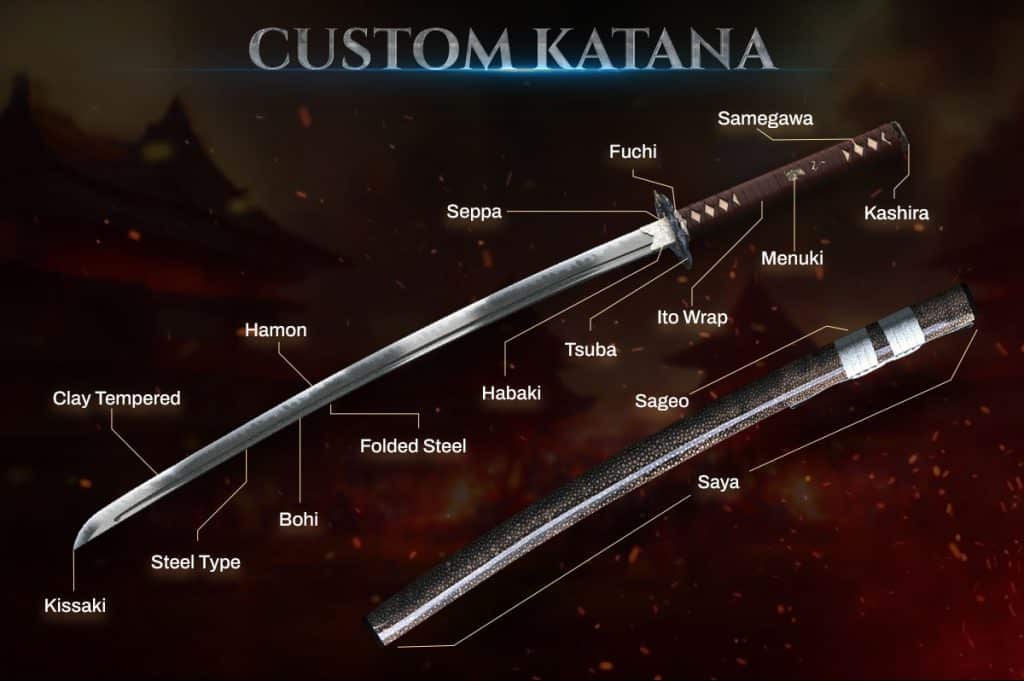
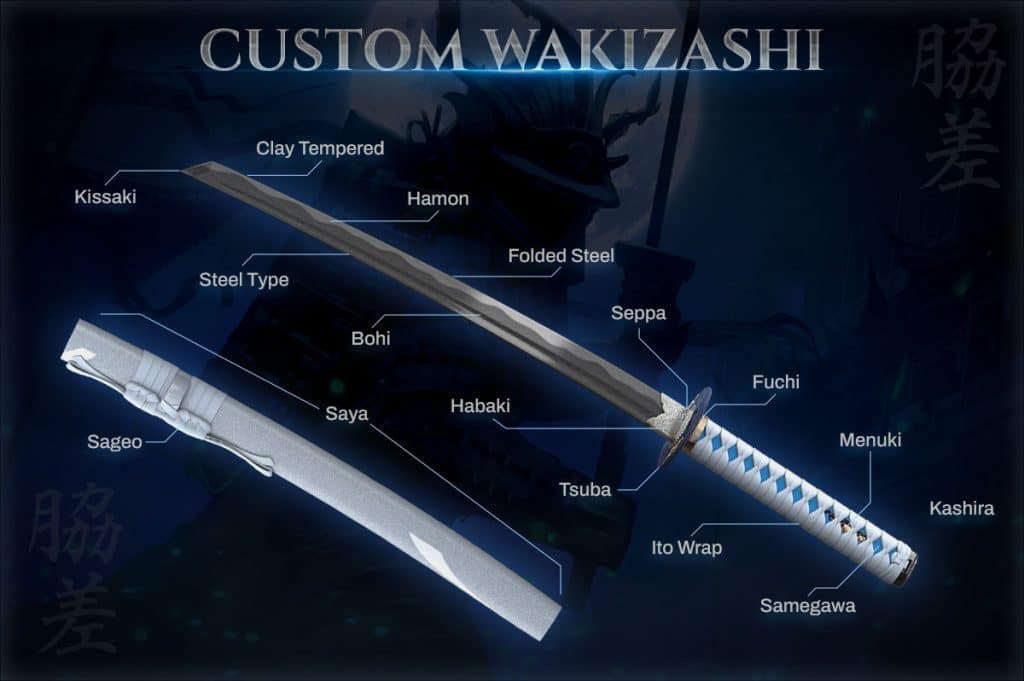
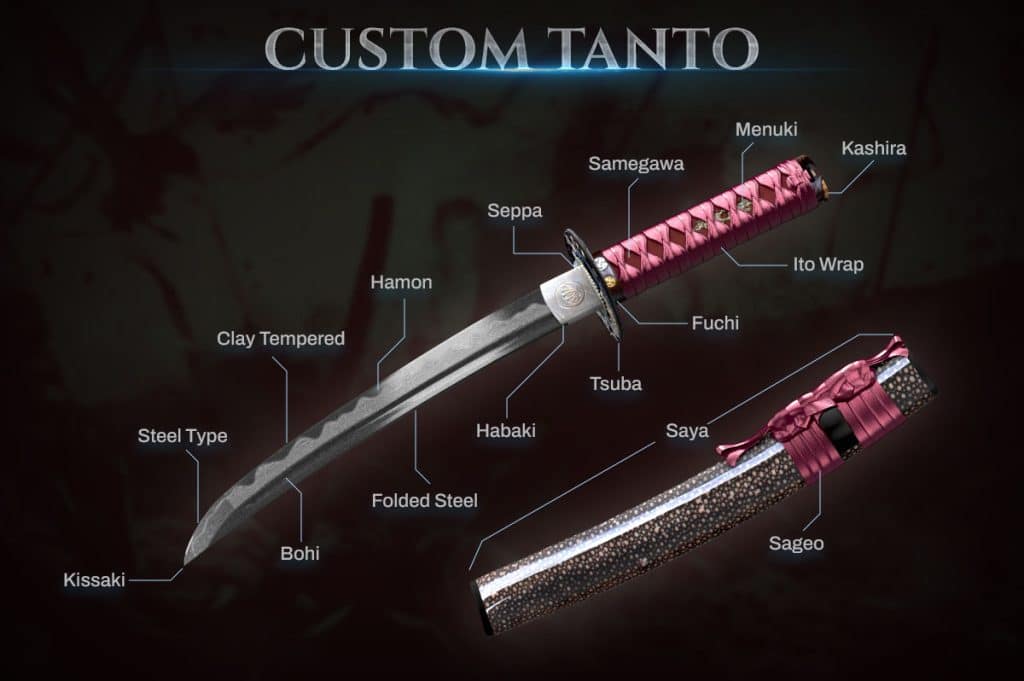
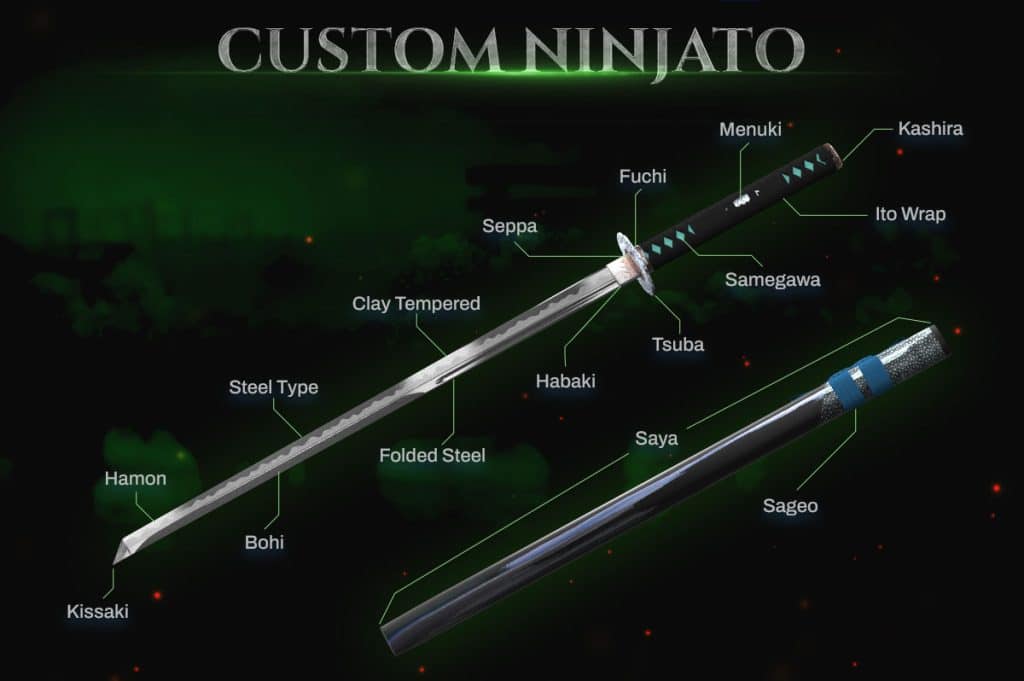
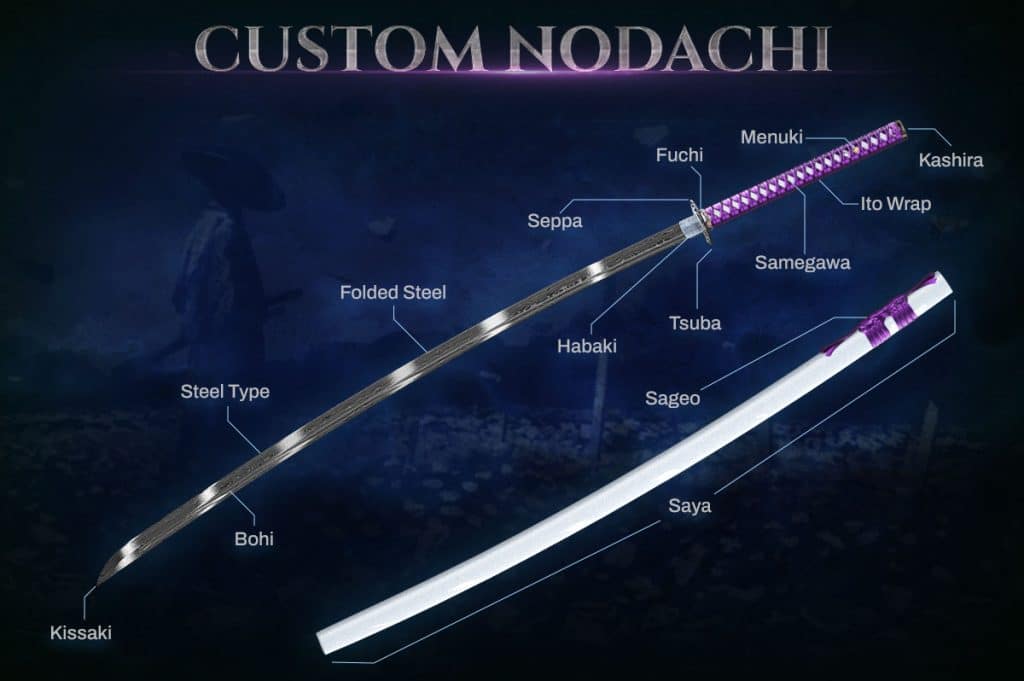
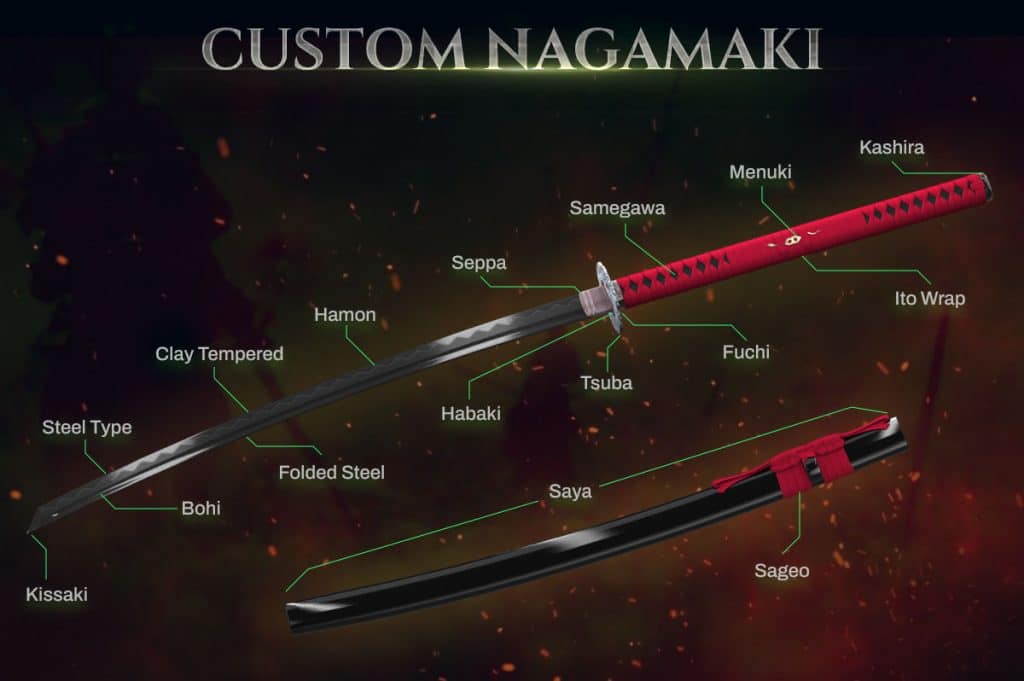
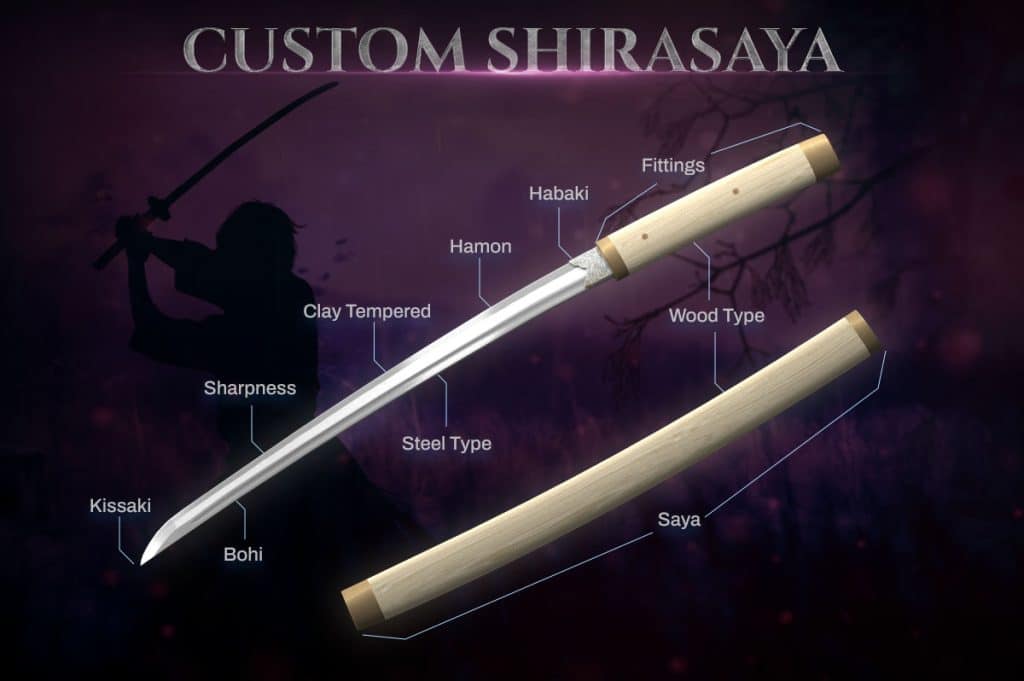
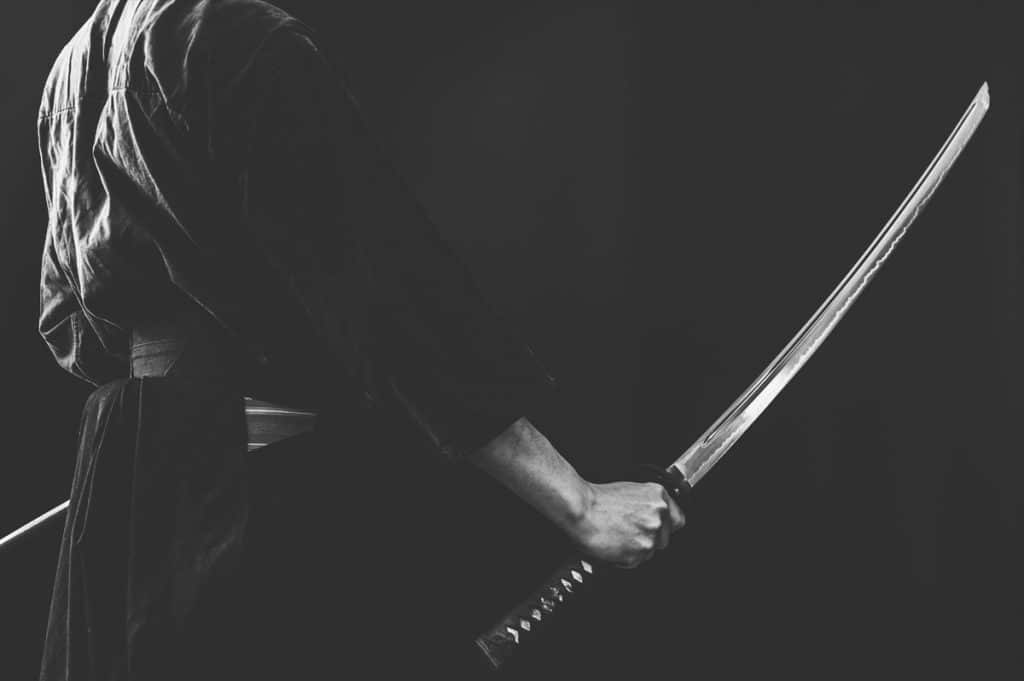
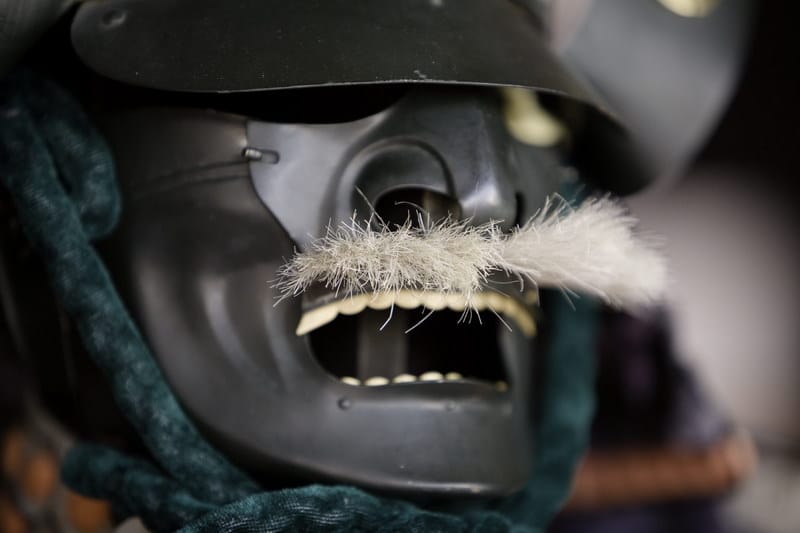
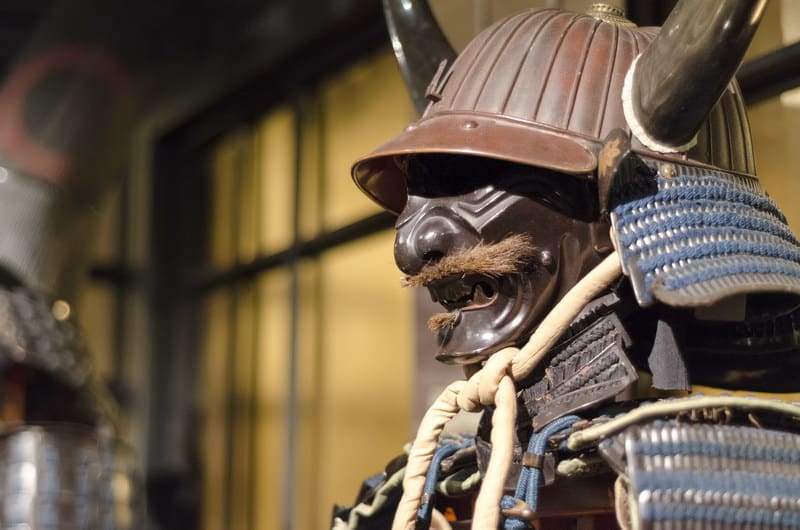
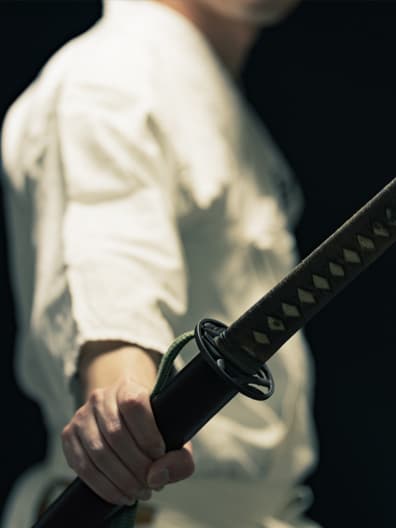
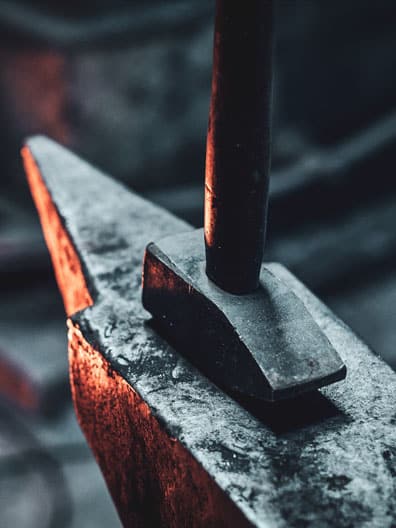
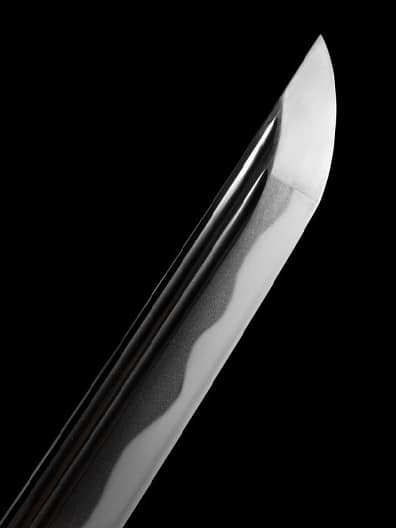
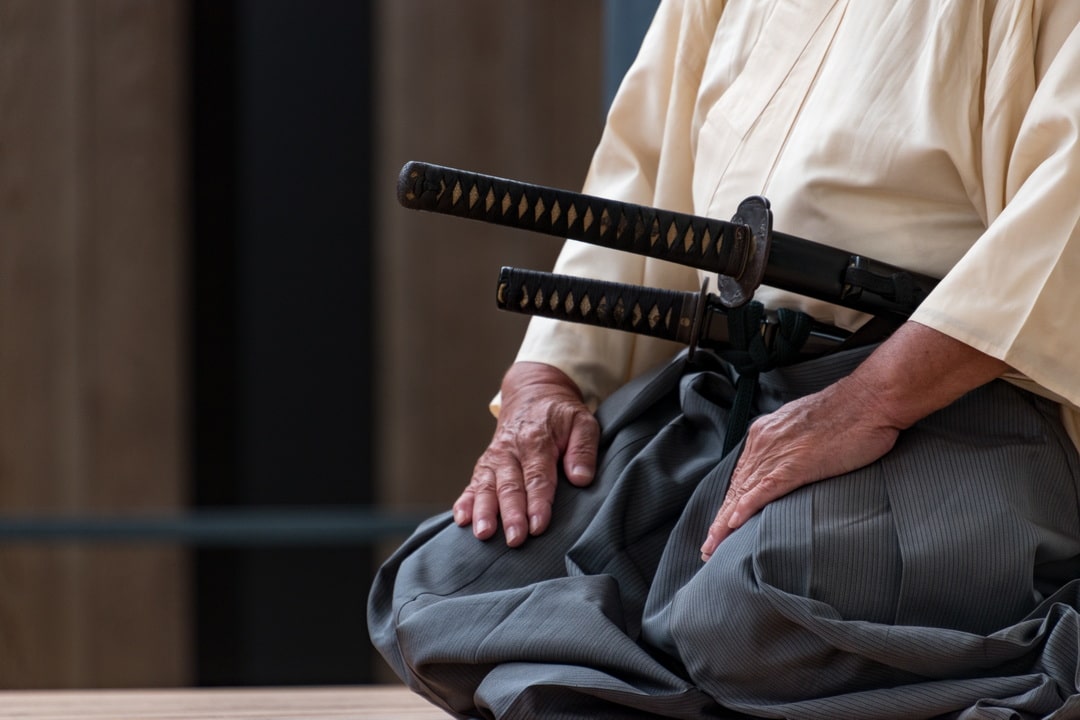
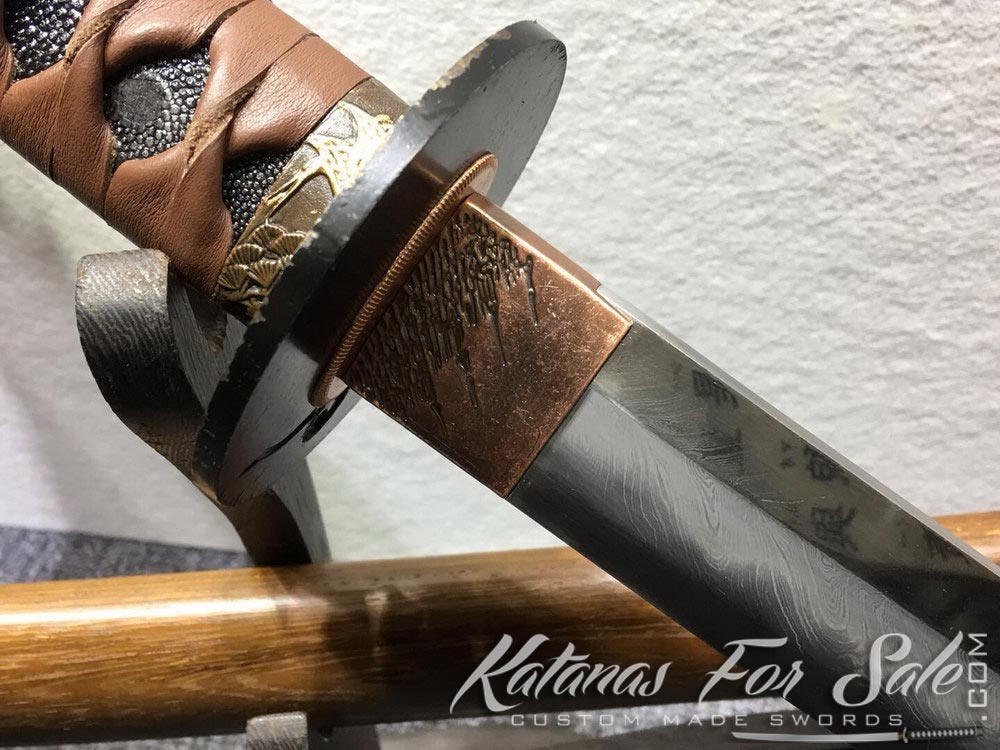
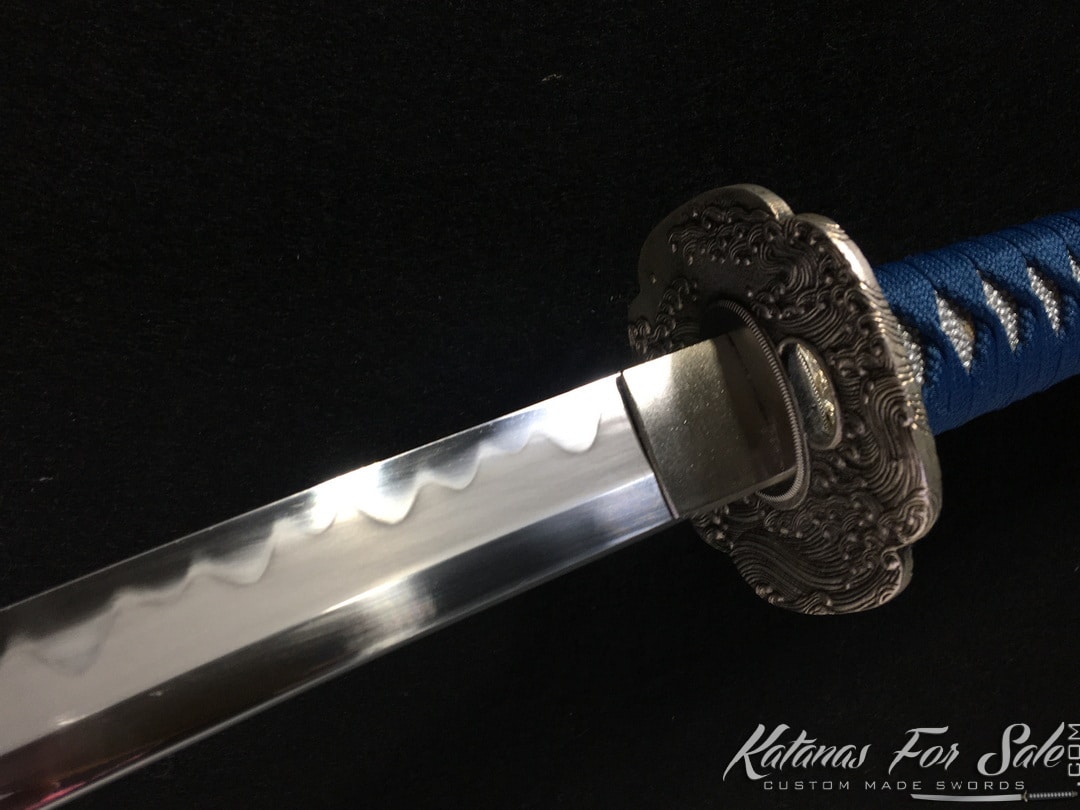
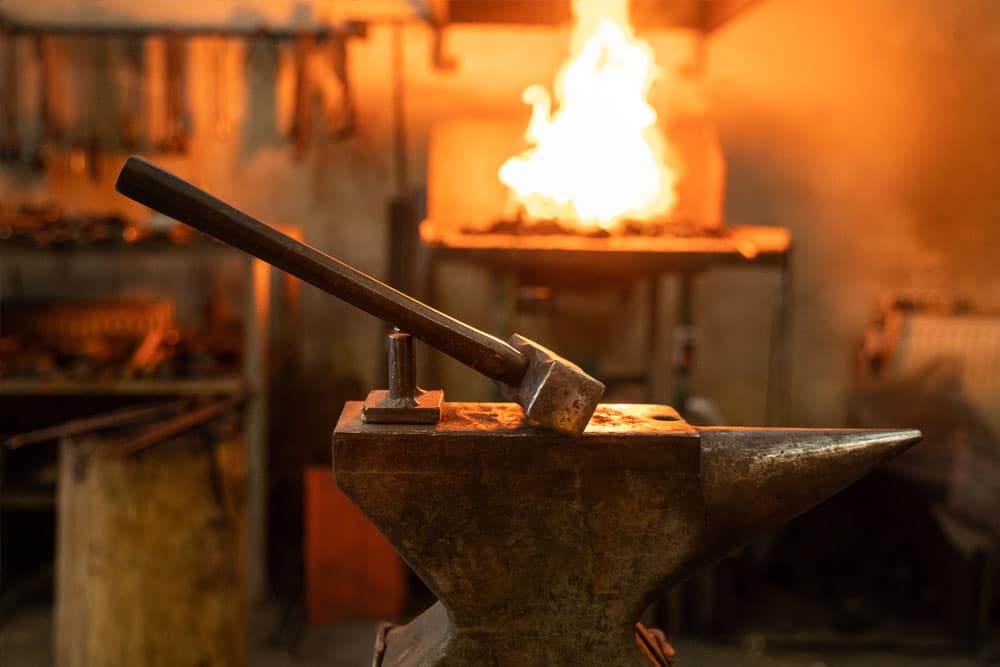

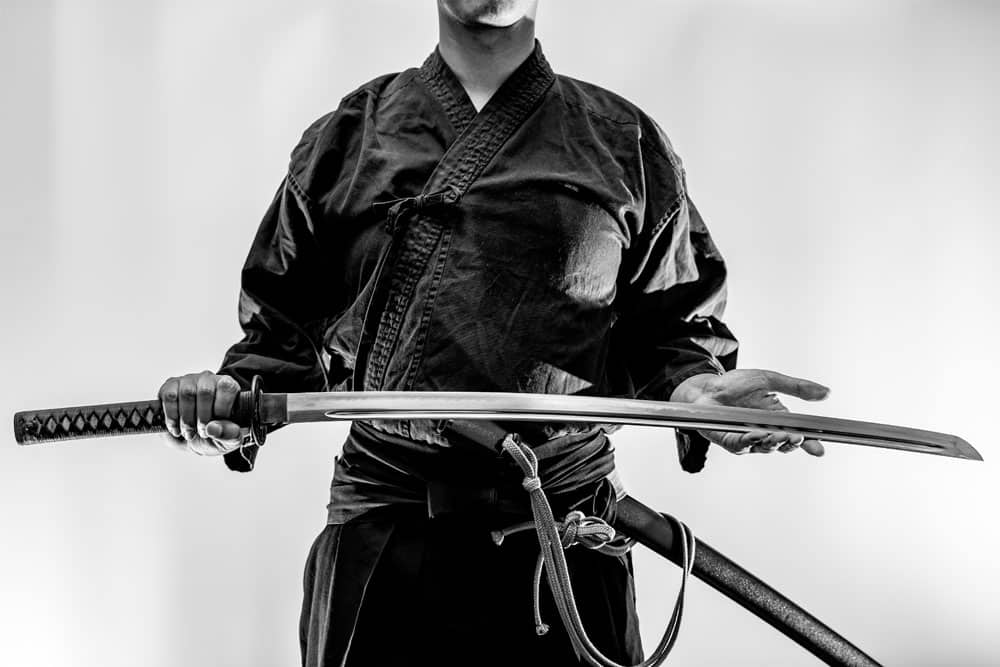

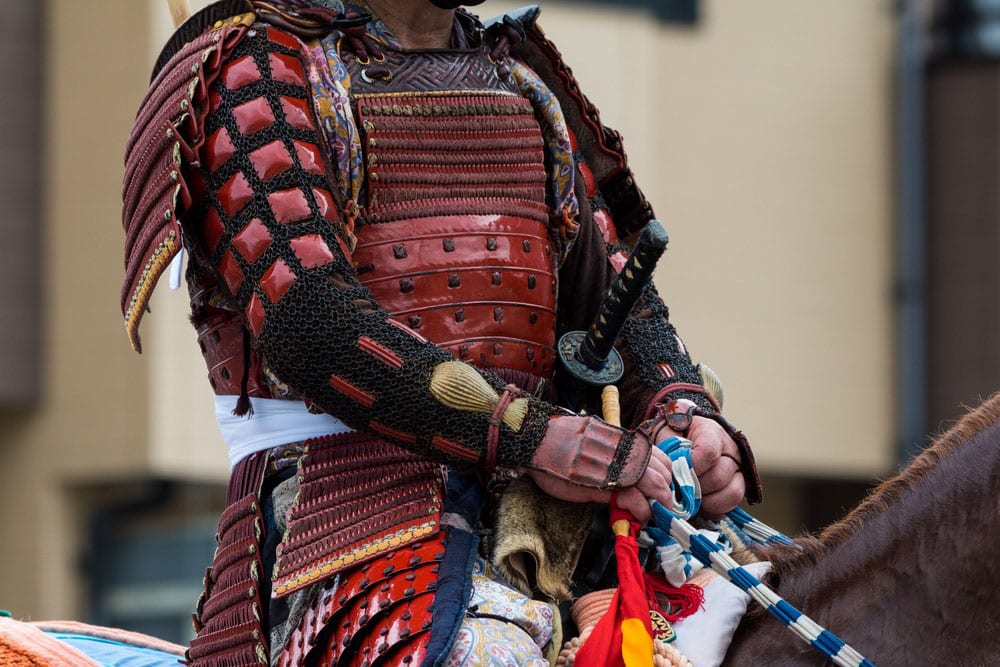
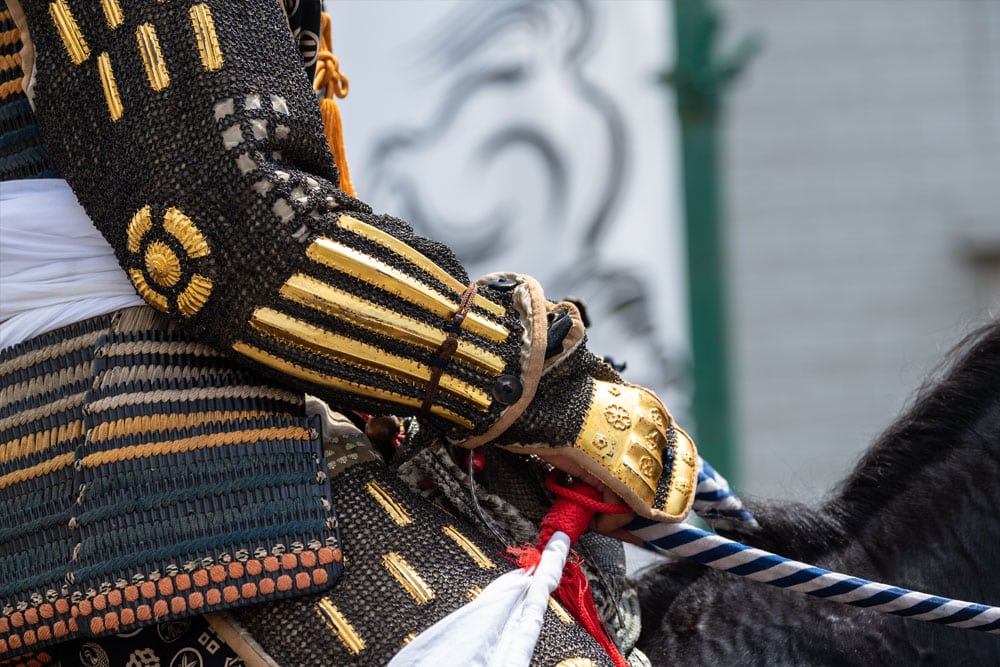
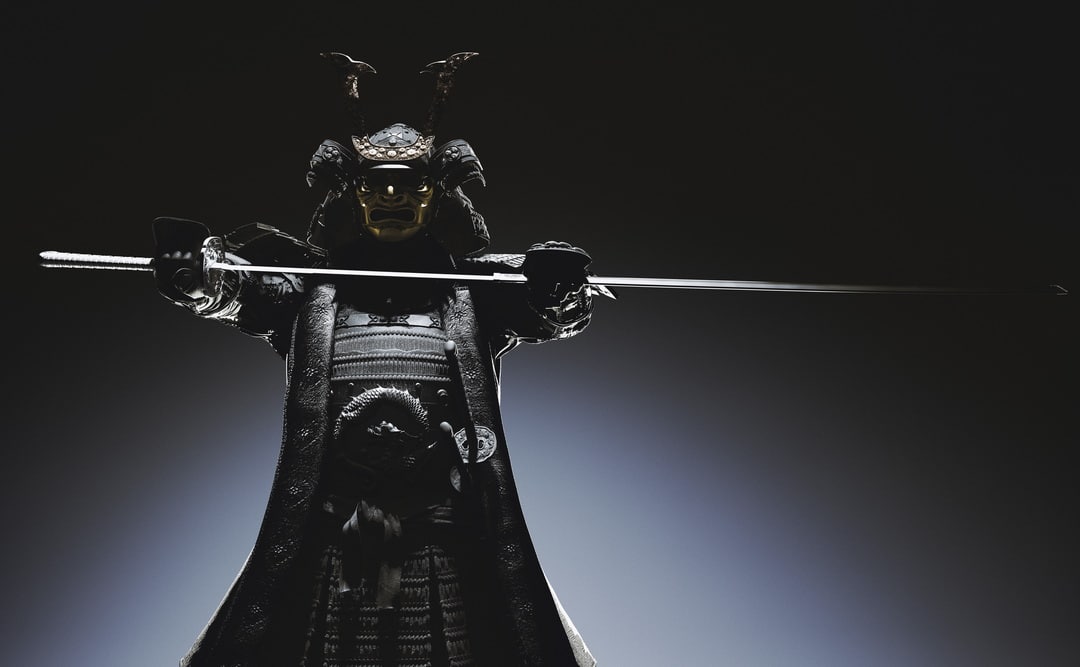
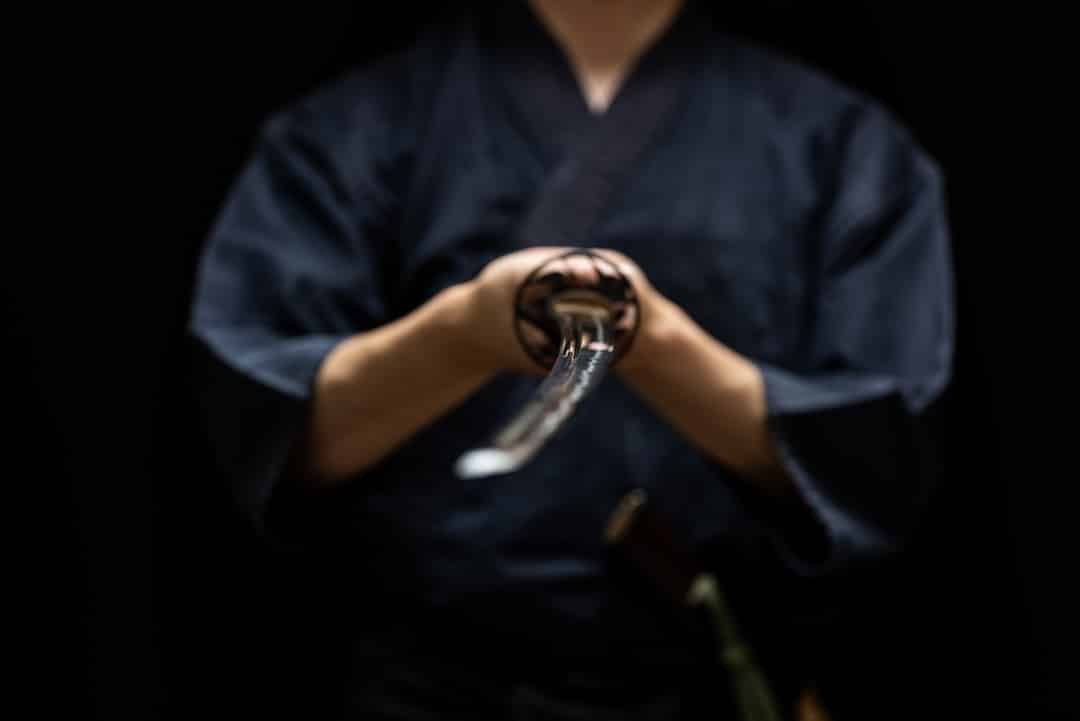
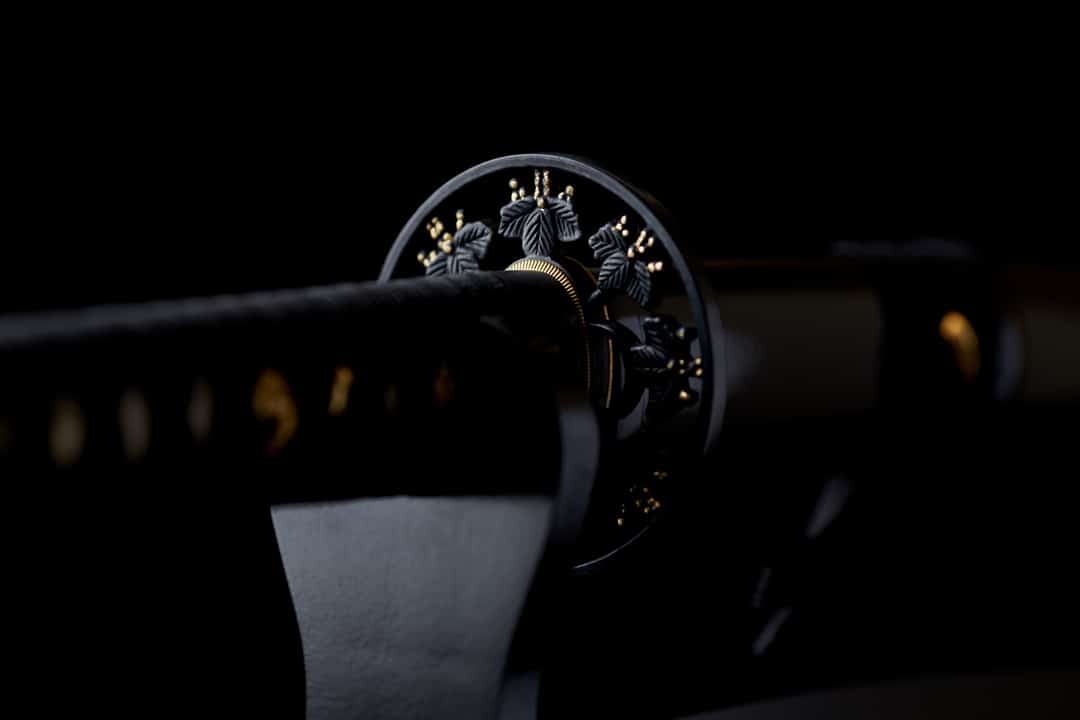
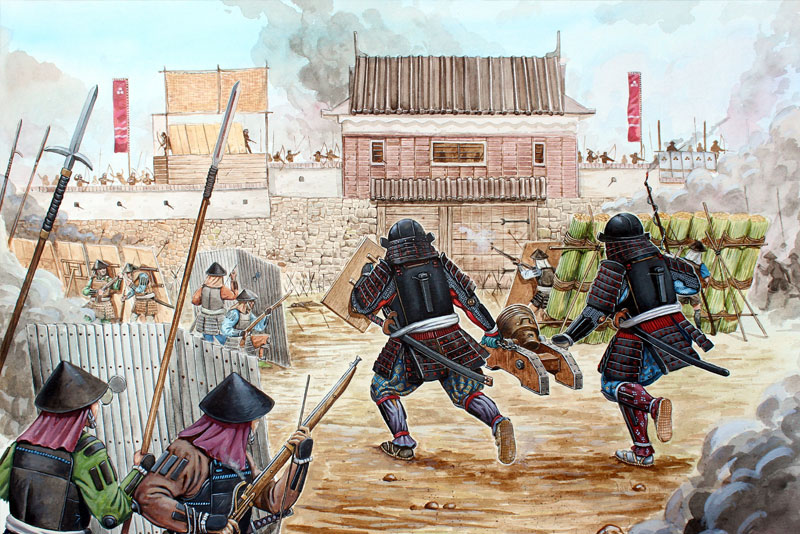
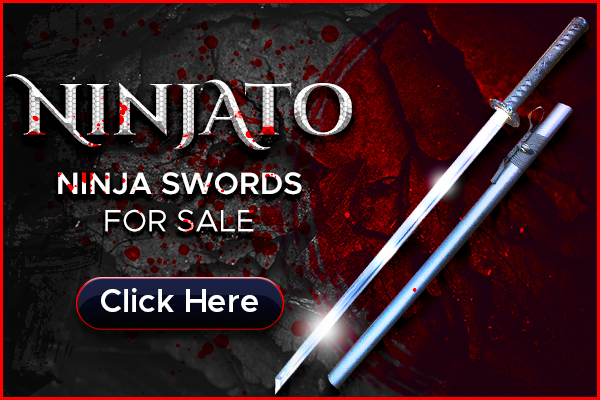


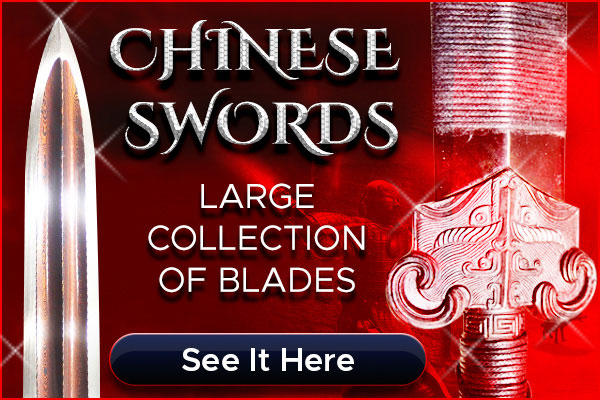
Test Your Knowledge
Feudal Japan's Warriors and Roles Unraveled
Samurai Sword Mastery: The Ultimate Challenge
Samurai Wisdom: Embark on a Journey Through the Ages